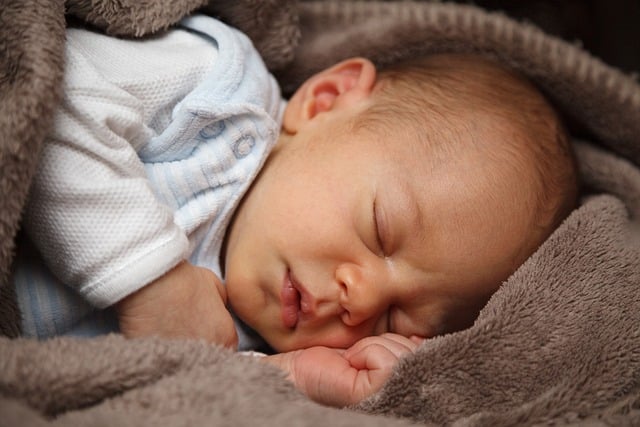In the realm of parenting, it’s not uncommon for well-meaning individuals to question whether a child has outgrown certain behaviors or habits. Recently, I encountered a comment regarding my still-breastfeeding two-year-old, with an inquisitive bystander asking, “How long is she going to do that for? Isn’t she getting a bit old?” My response? No, but I appreciate your concern.
Another instance involved my recently turned three-year-old, who was still in diapers. A stranger remarked, “She’s still not potty trained, huh? Isn’t she getting too old for that?” Again, the answer is no, but thank you for your input.
I’ve lost count of the times people have questioned whether a child is too old for various activities—be it using a bottle, sucking on a pacifier, riding in a stroller, or any number of other behaviors. Even elementary school children who cling to a beloved blanket sometimes face judgment. Teens in costumes trick-or-treating often encounter disdain from those who believe they’ve aged out of such festivities. Have we somehow overlooked the absence of official age restrictions on these matters?
There appears to be a prevailing belief that as children grow, there are arbitrary cut-off ages for specific behaviors. This mindset can lead to concerns about hindering a child’s development or judgments about parental choices that deviate from what is deemed “normal.” While it is true that a small percentage of parents may inadvertently hold their children back for questionable reasons, the important takeaway is that these limits should not be imposed by strangers or nosy neighbors.
There are countless factors that influence a child’s behavior that outsiders cannot see. For instance, a teenager who can’t sleep without her stuffed animal may be dealing with anxiety. A larger child riding in a shopping cart might simply look older than their actual age. The tween who still believes in Santa Claus might just have a deep appreciation for fantasy. Additionally, an eight-year-old who sleeps in their parents’ room may be following cultural norms.
Ultimately, perspectives on parenting and childhood differ. My youngest child is now seven, and while I rarely carry him due to his size, I once carried all three of my children when they grew tired. To some, this could be perceived as coddling, but to me, it’s an act of compassion. If I could assist my partner or family members when they were fatigued, I would do so without hesitation. My older children, aged sixteen and twelve, certainly manage to walk without issue, demonstrating that carrying them did not hinder their development.
No one has the right to judge what is appropriate for another child or family. When observing a child engaging in what seems like an age-inappropriate behavior, it’s vital to reflect on a few questions: Is this child genuinely being harmed? Are there contextual factors I’m unaware of regarding this child or family? Is it truly my business? Why does it even bother me?
Children develop at vastly different rates, and most behaviors are outgrown in time. Unless you are a qualified psychologist with a profound understanding of a child’s individual circumstances, there is little justification for making judgments about whether a child is too old for particular activities.
In conclusion, it’s essential to respect the pace at which each family navigates their parenting journey. For more insights into family planning, consider exploring our other blog posts, such as this informative piece on at-home intracervical insemination kits here and resources on pregnancy here. This perspective fosters understanding and compassion within the diverse tapestry of parenting.
Keyphrase: Children’s Development and Parental Choices
Tags: [“home insemination kit”, “home insemination syringe”, “self insemination”]
